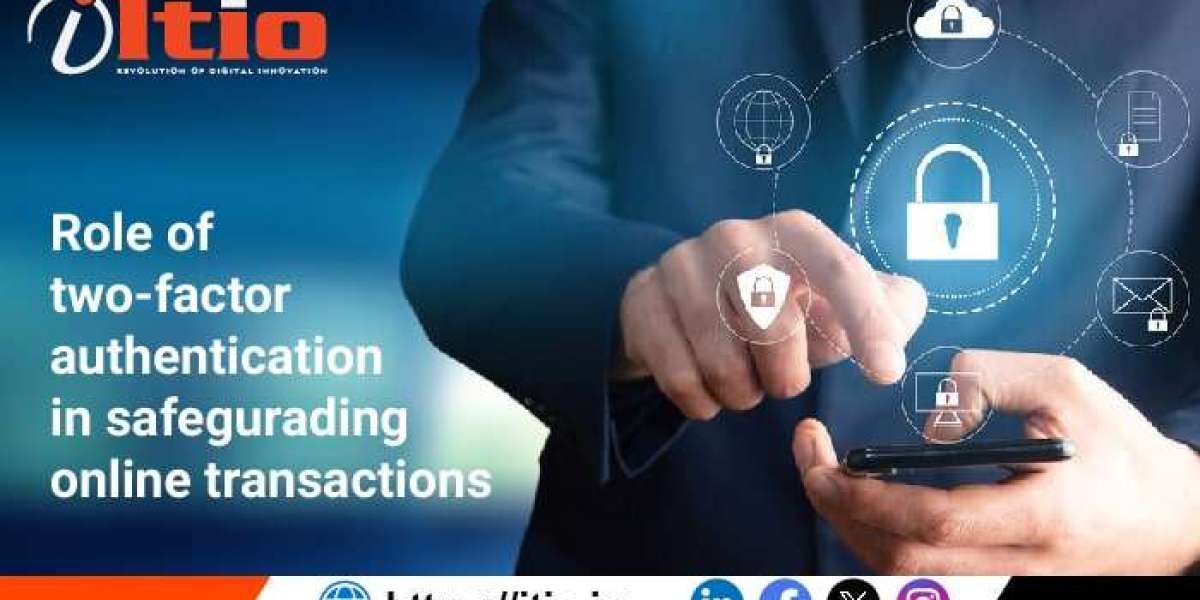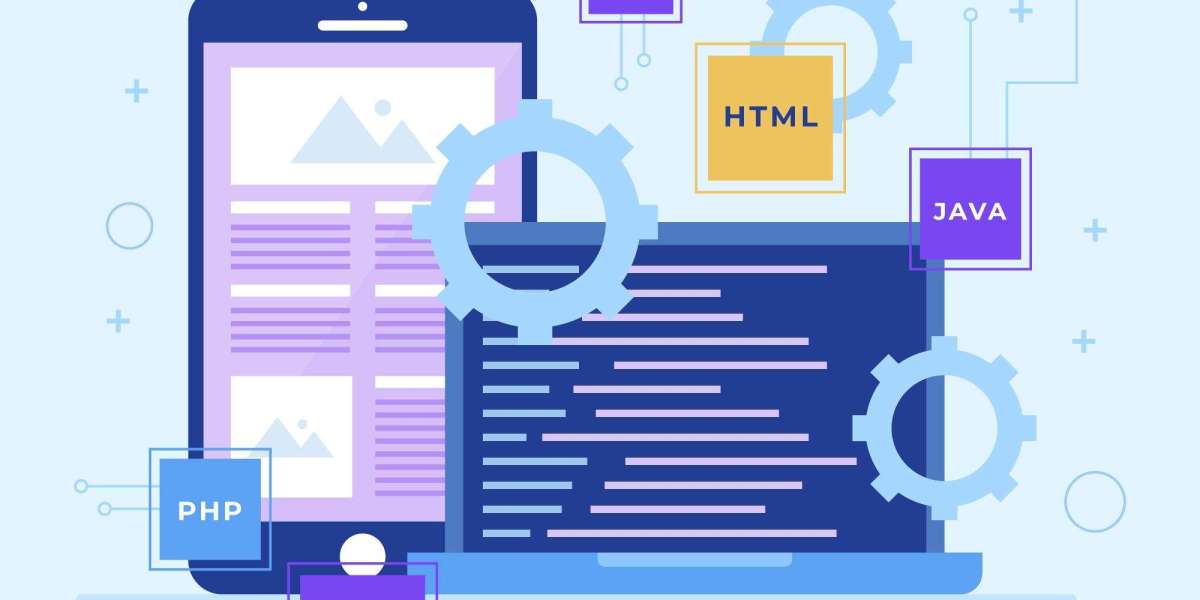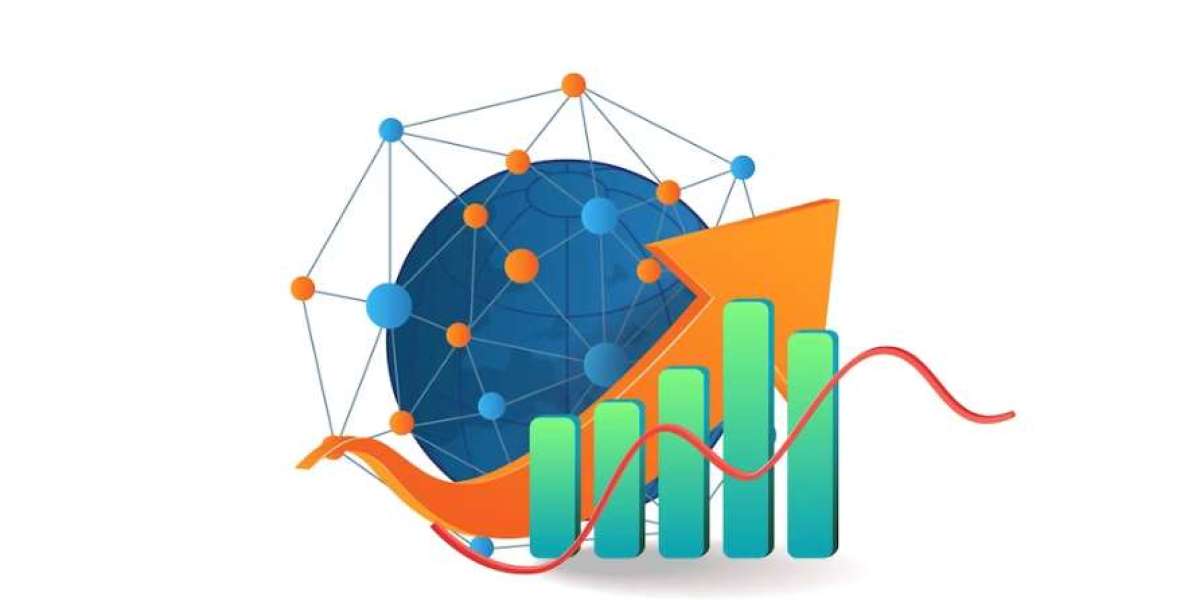In recent years, cyberattacks have become increasingly common, prompting a greater need for stronger passwords. But even with strong passwords, we're still at an increased risk of being hacked. This is where two-factor authentication steps into the rescue as it adds an extra security layer to protect critical personal and financial information.
If you want to start your own payment gateway and incorporate two-factor authentication to protect your business and customers, this blog on the role of two-factor authentication in safeguarding online transactions will surely be of great interest to you.
The Numbers Don’t Lie
Two-factor authentication is absolutely worth it as strongly suggested by the numbers. According to research, the use of Two-Factor Authentication has significantly reduced account takeovers by as much as 99 percent:
- Viruses and malware can no longer influence the security of accounts using Two-Factor Authentication
- Stolen passwords via hacking are rendered useless with Two-Factor Authentication in place
- Account setups with Two-Factor Authentication are at a lower risk of takeover
Two-factor authentication (2FA) can be described as a common form of multi-factor authentication that requires two identifiers to verify the user’s identity. The most common combination includes a verification code (also referred to as a One-time password or OTP) that gets sent by different messaging channels and platforms (such as email, SMS, Rich Communication Services, WhatsApp, Push Messages, Voice, Backup codes, Authenticator Apps, and more).
Sometimes referred to as two-step verification or dual-factor authentication, Two-factor authentication is implemented to protect both the resources the user can access and a user's credentials. It serves as a superior option to single-factor authentication (SFA) wherein the user only provides one factor (usually a password).
Commonly, 2FA refers to a security process requiring users to offer two different authentication factors. These factors usually fall into 3 categories:
- Something you have (such as a hardware token or smartphone)
- Something you know (such as a PIN or password)
- Something you are (biometrics such as facial recognition or fingerprints)
2FA helps in mitigating data privacy and information security concerns by eliminating or reducing the risks associated with compromised or weak passwords. For instance, online shoppers may be asked to enter their account credentials followed by a secret code sent to their mobile device. This makes it significantly harder for hackers and unauthorized individuals or agencies to gain access to the shopper’s sensitive personal and financial information, ensuring the integrity, safety, security, and confidentiality of the purchases made.
One of the biggest advantages of Two-factor authentication is that it helps in finding the right balance between safety and convenience. Users may resist additional security steps that may look cumbersome. However, Two-factor authentication strikes a reasonable and fair balance by offering an additional layer of security without compromising user experience at any step of the buyer journey.
How does two-factor authentication work?
Generally, two-factor authentication involves the same general, multistep process:
- The user is prompted by the website or app to log in.
- The user enters their login credentials. The site or app finds a match and recognizes the user. For processes that do not require the submission of passwords, a unique security key is generated for the user. This key gets validated by the authentication tool.
- The site or app then prompts the user to start the second login step. This step may involve entering a PIN, facial recognition, hardware token, etc.). This is the inherence or possession factor.
- The user is authenticated after providing both factors and gains access to the website or app.
Two-factor authentication helps in complying with specific compliance measures, such as GDPR, PCI DSS, and HIPAA. Moreover, it reduces the occurrence of fraud and thus saves invaluable time for the helpdesk or customer support team. These saved resources (time and manpower) can be shifted to more complex customer service issues or revenue-generating tasks.
With a significant part of our daily lives spent online, it's no wonder that our digital accounts have become an easy target for cybercriminals and hackers. As we visit more new websites and apps, we are burdened more with far too many passwords to remember. This is what results in the biggest nightmare of every security expert in this world: password recycling. No wonder, hackers thrive off this unfortunate human habit.
Two-factor authentication helps minimize time-consuming password-resets which helpdesks are already burdened with. The implementation of 2FA also helps users safely access systems from any device or location without putting sensitive data at risk.
Are you ready to get started with two-factor authentication? Find out how the two-factor authentication solution by ITIO Innovex secures account logins, safeguards digital transactions, and authenticates new users to increase consumer trust and conversion rates across multiple channels. If you need assistance on how to start your own payment gateway, please contact us to discuss your requirements.



